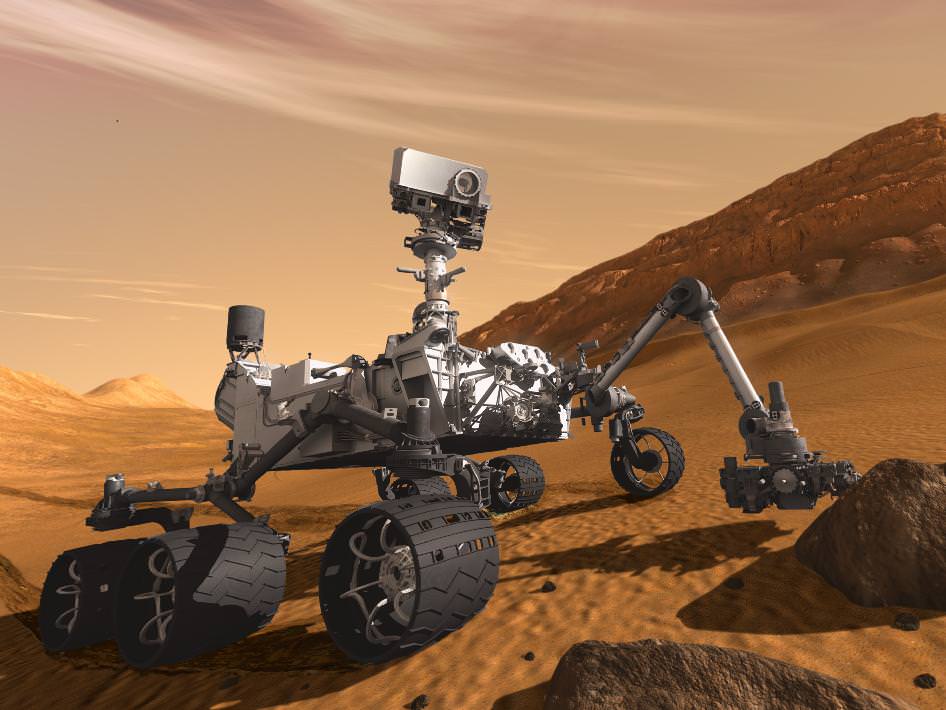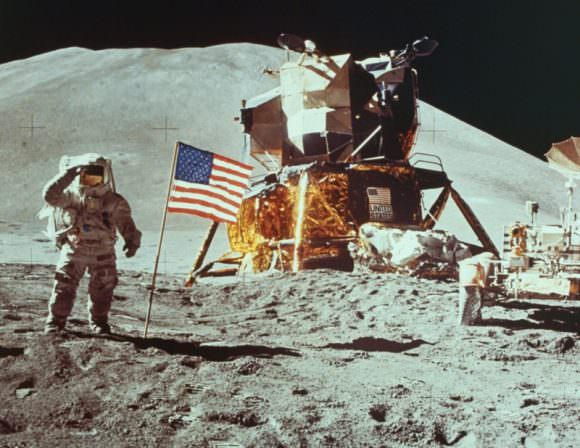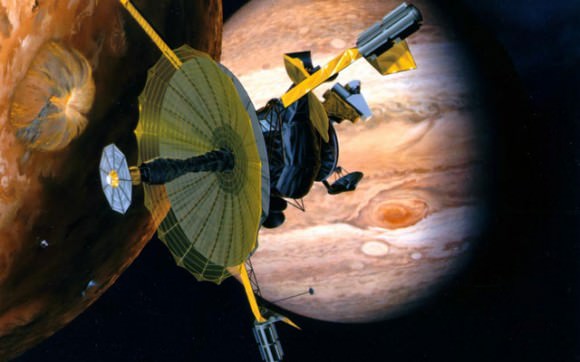Universe Today has recently investigated a plethora of scientific disciplines, including impact craters, planetary surfaces, exoplanets, astrobiology, solar physics, comets, planetary atmospheres, planetary geophysics, cosmochemistry, meteorites, radio astronomy, extremophiles, organic chemistry, black holes, and cryovolcanism, while conveying their importance of how each of them continues to teach researchers and the public about our place in the vast universe.
Continue reading “Planetary Protection: Why study it? What can it teach us about finding life beyond Earth?”Need a Job? NASA is Looking for a New Planetary Protection Officer

NASA has always had its fingers in many different pies. This should come as no surprise, since the advancement of science and the exploration of the Universe requires a multi-faceted approach. So in addition to studying Earth and distant planets, the also study infectious diseases and medical treatments, and ensuring that food, water and vehicles are safe. But protecting Earth and other planets from contamination, that’s a rather special job!
For decades, this responsibility has fallen to the NASA Office of Planetary Protection, the head of which is known as the Planetary Protection Officer (PPO). Last month, NASA announced that it was looking for a new PPO, the person whose job it will be to ensure that future missions to other planets don’t contaminate them with microbes that have come along for the ride, and that return missions don’t bring extra-terrestrial microbes back to Earth.
Since the beginning of the Space Age, federal agencies have understood that any and all missions carried with them the risk of contamination. Aside from the possibility that robotic or crewed missions might transport Earth microbes to foreign planets (and thus disrupt any natural life cycles there), it was also understood that missions returning from other bodies could bring potentially harmful organisms back to Earth.

As such, the Office of Planetary Protection was established in 1967 to ensure that these risks were mitigated using proper safety and sterilization protocols. This was shortly after the United Nation’s Office of Outer Space Affairs (UNOOSA) drafted the Outer Space Treaty, which was signed by the United States, the United Kingdom, and the Soviet Union (as of 2017, 107 countries have become party to the treaty).
The goals of the Office of Planetary Protection are consistent with Article IX of the Outer Space Treaty; specifically, the part which states:
“States Parties to the Treaty shall pursue studies of outer space, including the Moon and other celestial bodies, and conduct exploration of them so as to avoid their harmful contamination and also adverse changes in the environment of the Earth resulting from the introduction of extraterrestrial matter and, where necessary, shall adopt appropriate measures for this purpose.”
The office and its practices are also consistent with NASA’s internal policies. These include NASA Policy Directive (NPR) 8020.12D: “Planetary Protection Provisions for Robotic Extraterrestrial Missions”, and 8020.7: “Biological Contamination Control for Outbound and Inbound Planetary Spacecraft”, which require that all missions comply with protection procedures.
For decades, these directives have been followed to ensure that missions to the Moon, Mars and the Outer Solar System did not threaten these extra-terrestrial environments. For example, after eight years studying Jupiter and its largest moons, the Galileo probe was deliberately crashed into Jupiter’s atmosphere to ensure that none of its moons (which could harbor life beneath their icy surfaces) were contaminated by Earth-based microbes.

The same procedure will be followed by the Juno mission, which is currently in orbit around Jupiter. Barring a possible mission extension, the probe is scheduled to be deorbited after conducting a total of 12 orbits of the gas giant. This will take place in July of 2018, at which point, the craft will burn up to avoid contaminating the Jovian moons of Europa, Ganymede and Callisto.
The same holds true for the Cassini spacecraft, which is currently passing between Saturn and its system of rings, as part of the mission’s Grand Finale. When this phase of its mission is complete – on September 15th, 2017 – the probe will be deorbited into Saturn’s atmosphere to prevent any microbes from reaching Enceladus, Titan, Dione, moons that may also support life in their interiors (or in Titan’s case, even on its surface!)
To be fair, the position of a Planetary Protection Officer is not unique to NASA. The European Space Agency (ESA), the Japanese Aerospace and Exploration Agency (JAXA) and other space agencies have similar positions. However, it is only within NASA and the ESA that it is considered to be a full-time job. The position is held for three years (with a possible extension to five) and is compensated to the tune of $124,406 to $187,000 per year.
The job, which can be applied for on USAJOBS.gov (and not through the Office of Planetary Protection), will remain open until August 18th, 2017. According to the posting, the PPO will be responsible for:
- Leading planning and coordinating activities related to NASA mission planetary protection needs.
- Leading independent evaluation of, and providing advice regarding, compliance by robotic and human spaceflight missions with NASA planetary protection policies, statutory requirements and international obligations.
- Advising the Chief, SMA and other officials regarding the merit and implications of programmatic decisions involving risks to planetary protection objectives.
- In coordination with relevant offices, leading interactions with COSPAR, National Academies, and advisory committees on planetary protection matters.
- Recommending and leading the preparation of new or revised NASA standards and directives in accordance with established processes and guidelines.
What’s more, the fact that NASA is advertising the position is partly due to some recent changes to the role. As Catharine Conley*, NASA’s only planetary protection officer since 2014, indicated in a recent interview with Business Insider: “This new job ad is a result of relocating the position I currently hold to the Office of Safety and Mission Assurance, which is an independent technical authority within NASA.”
While the position has been undeniably important in the past, it is expected to become of even greater importance given NASA’s planned activities for the future. This includes NASA’s proposed “Journey to Mars“, a crewed mission which will see humans setting foot on the Red Planet sometime in the 2030s. And in just a few years time, the Mars 2020 rover is scheduled to begin searching the Martian surface for signs of life.
As part of this mission, the Mars 2020 rover will collect soil samples and place them in a cache to be retrieved by astronauts during the later crewed mission. Beyond Mars, NASA also hopes to conduct mission to Europa, Enceladus and Titan to look for signs of life. Each of these worlds have the necessary ingredients, which includes the prebiotic chemistry and geothermal energy necessary to support basic lifeforms.
Given that we intend to expand our horizons and explore increasingly exotic environments in the future – which could finally lead to the discovery of life beyond Earth – it only makes sense that the role of the Planetary Protection Officer become more prominent. If you think you’ve got the chops for it, and don’t mind a six-figure salary, be sure to apply soon!
*According to BI, Conley has not indicated if she will apply for the position again.
Further Reading: Business Insider, USAJOBS

